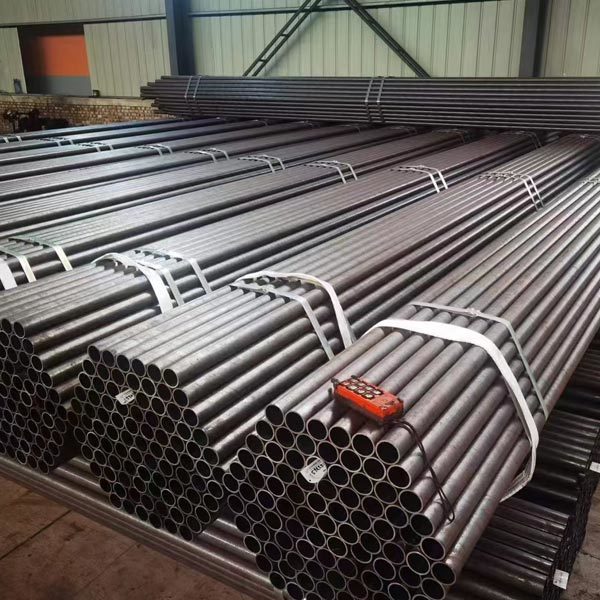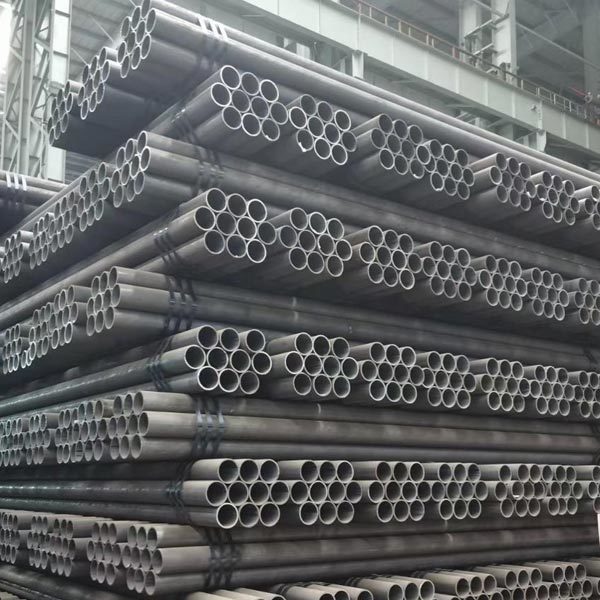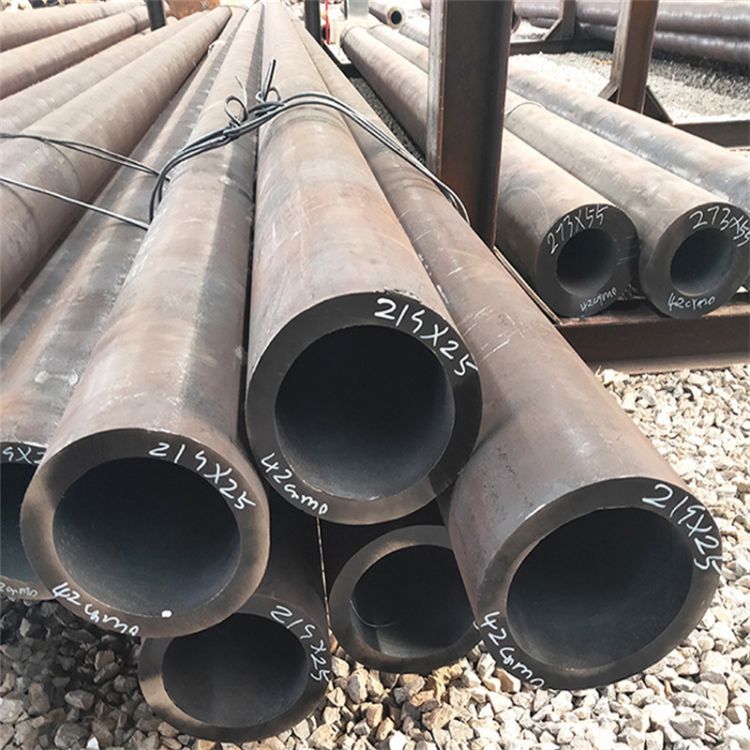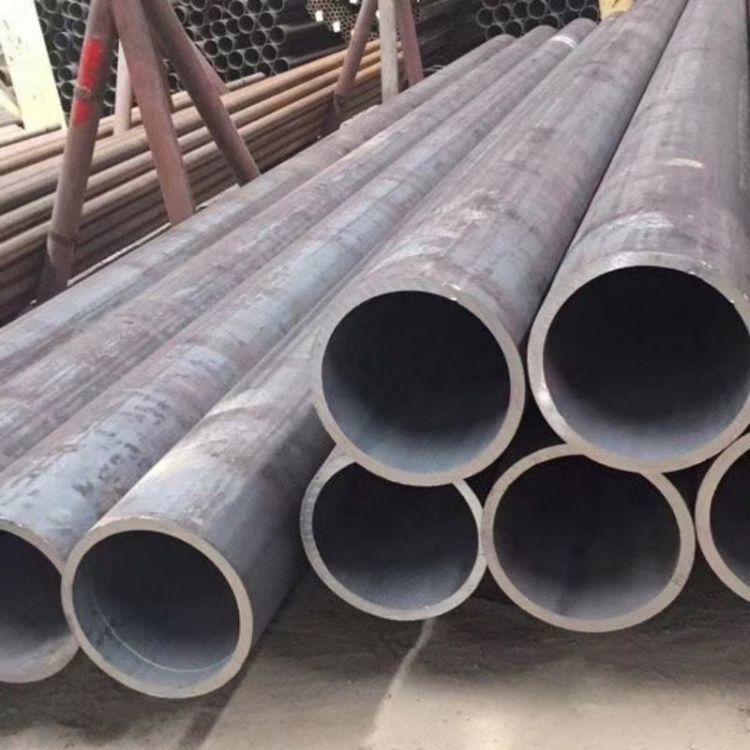PRODUCT CENTER
CONTACT US
If you are interested in cooperation, please contact us immediately, we will give you feedback as soon as possible!
Mobile
This specification covers wall seamless and welded carbon and alloy steel pipe intended for use at low temperatures. The pipe shall be made by the seamless or welding process with the addition of no filler metal in the welding operation. All seamless and welded pipes shall be treated to control their micro-structure. Tensile tests, impact tests, hydro-static tests, and nondestructive electric tests shall be made in accordance to specified requirements.
Carbon steel pipe is made of steel ingot or solid round steel by piercing and then hot rolling, cold rolling or cold drawing. Carbon steel pipe plays an important role in China's steel pipe industry. The main materials are q235, 20 #, 35 #, 45 # and 16mn. The main executive standards include national standards, American standards, Japanese standards, etc. The national standards include the standards of the Ministry of Chemical Industry, Sinopec pipe fittings standards, and power pipe fittings standards.
By definition, seamless tubes are completely homogenous tubes, the properties of which give seamless tubing more strength, superior corrosion resistance, and the ability to withstand higher pressure than welded tubes. This makes them more suitable in critical applications in harsh environments, but it comes with a price.
Welded tubing is generally less expensive than seamless tubing due to the simpler manufacturing process in creating welded tubing. It is also readily available, like seamless tubing, in long continuous lengths. Standard sizes can be produced with similar lead times for both welded and seamless tubing. Seamless tubing costs can be offset in smaller manufacturing runs if less quantity is required. Otherwise, though custom-sized seamless tubing can be produced and delivered more quickly, it is more costly.
A179 seamless steel pipe is a commonly used steel pipe material, and its implementation standard is ASTMA179/A179M. This standard applies to seamless carbon steel and alloy steel tubes for heaters, boilers and heat exchangers. the ASTM A179/A179M standard requires that the chemical composition of the pipe meet specific requirements to ensure that the material of the pipe meets specific standards and has good weldability and mechanical properties. From the point of view of mechanical properties, the standard specifies the mechanical performance indicators such as tensile strength, yield strength and elongation of the pipe to ensure that the pipe has sufficient strength and toughness during use.
A106 Carbon steel pipe is a low carbon steel pipe whose main components are carbon, silicon, manganese and small amounts of chromium, copper, nickel and molybdenum. It is a seamless steel pipe suitable for transporting liquids and gases in high temperature and high pressure environments. The manufacturing process of A106 steel pipe usually includes steps such as hot rolling, cold drawing and cold working. During these processes, the internal structure of the pipe is made tighter through heat and pressure treatment, thereby improving its strength and corrosion resistance. A106 steel pipe can be used in many different fields, such as oil, natural gas, chemical industry, electric power, shipbuilding, aerospace, etc..
A192 Carbon Seamless steel pipe
ASTM A192 steel pipe is made of a high pressure seamless carbon steel used in super heaters, water wall panels, heat exchangers, condensers, marine application, refineries, paper pulping, petrochemical applications, pressure vessels, and general engineering applications. It is also used in coal, thermal and oil power generation plants. The A192 carbon steel pipes shall be made by the seamless process and shall be either hot-finished or cold-finished. Hot-finished tubes do not need to be heat treated.
API-5L welded spiral steel pipe is made of hot-rolled strip or steel plate as raw material. The strip or steel plate is rolled into a round or special-shaped steel pipe by a forming machine, and then the formed steel pipe is butt welded by a high-frequency welding unit. PSL1 and PSL2 pipelines have different levels of quality requirements. This kind of steel pipe has the advantages of high strength, high toughness, corrosion resistance, and easy welding. API Spec 5L steel pipes are commonly used to manufacture pipeline steel pipes in the oil and gas industry.










